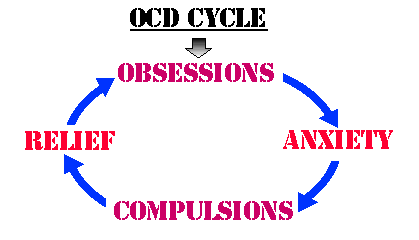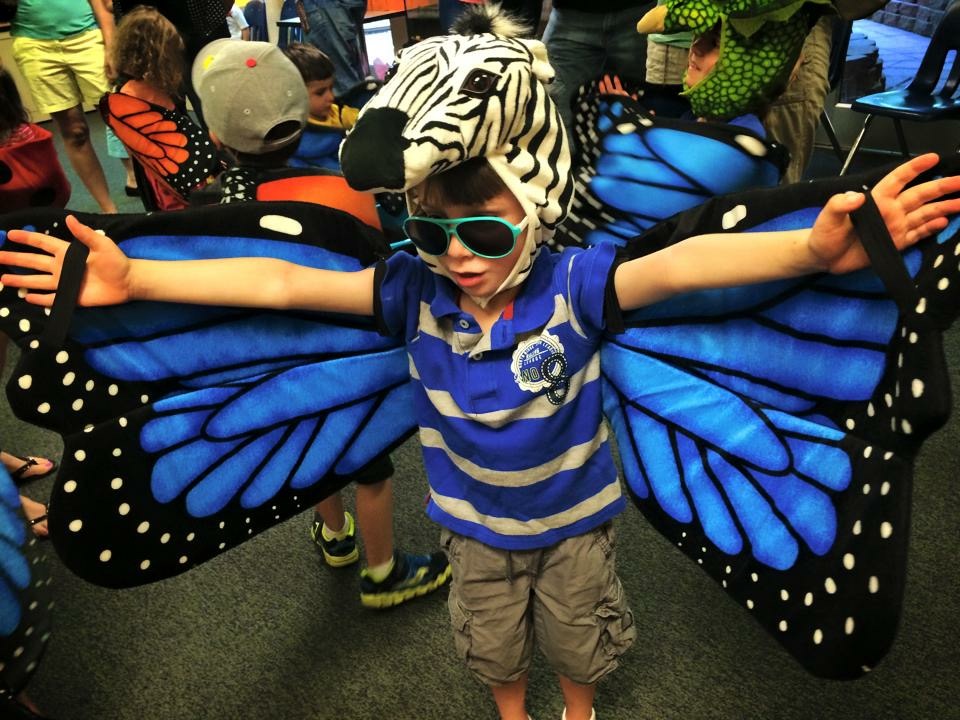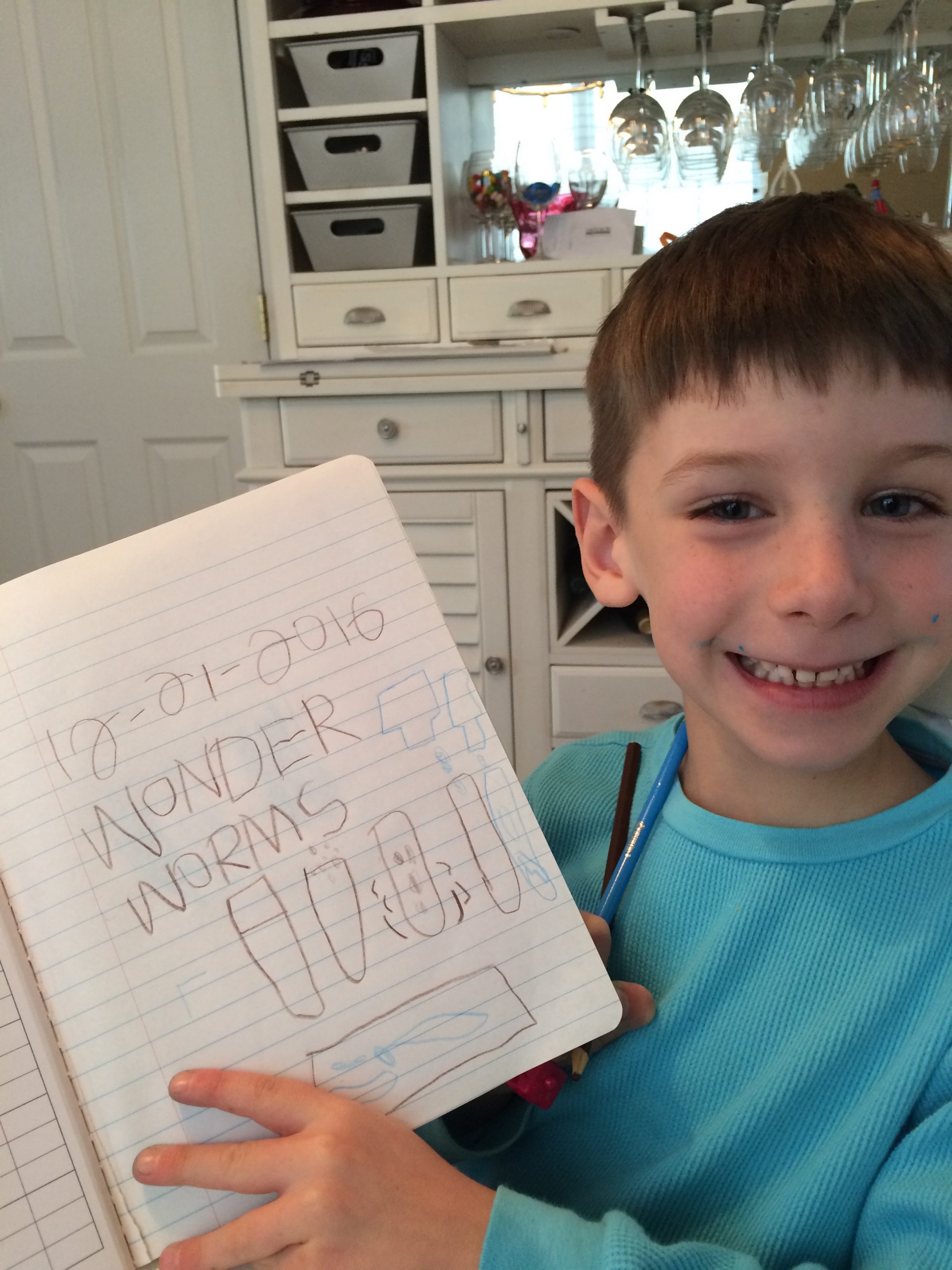 People often joke about having OCD (obsessive-compulsive disorder) but it is an anxiety disorder the can be debilitating to a person with the diagnoses and can lead to misunderstandings about OCD.
People often joke about having OCD (obsessive-compulsive disorder) but it is an anxiety disorder the can be debilitating to a person with the diagnoses and can lead to misunderstandings about OCD.
Simply because a person is preoccupied with orderliness or repeats the same activity everyday, it does not mean that the person has OCD. In fact, labeling people can be harmful and if it is a child that is labeled before a proper diagnosis, it can have a serious impact.
All students have worries, concerns and periods of uncertainty. Does this mean that they are bordering on obsessive-compulsive disorder or OCD? Research states that when a student or child can’t stop worrying no matter how much they try, it very well may be a disorder especially if the concerns create a certain behavior pattern.
OCD is a form of anxiety. Children with OCD have a tendency to be fixating with whether something is hurtful, wrong, or dangerous. It is a rare condition that may be treated by a combination of psychotherapy and medicine. Counseling and cognitive behavioral therapy is also effective. It is reported that at least one in 100 U.S. children are affected by this disorder. Obsessive-compulsive disorder starts at about the age of 10 years old.
The symptoms for OCD are difficult to recognize and are often times, misinterpreted as inattentiveness or meaningless worry. Children often try to hide their symptoms because they do not understand or know how to express what they feel. A teacher or a parent may become aware when a child continually asks to go to the bathroom, spends time alone either in the bedroom or on the playground, continually washes his or her hands, or has a melt-down when they cannot do something his or her own way.
Obsessive-compulsive disorder symptoms often vary over time and become more difficult to diagnose. They may even mimic another disorder. But, if they are left untreated, they may have an effect on peer relationships, academics, and outside activities.
When a student has OCD, his or her concentration level in class and on homework assignments can be compromised. Typically, students with OCD have average to above average intelligence levels but may be unable to learn in the same manner of a student without OCD. They feel they must respond to the obsessions that are from the OCD instead of paying attention to what a teacher is saying – they are obsessing over a fear or a doubt.
The causes of OCD are still undetermined and currently there is no cure. Some studies indicate that it is a combination of biological and environmental factors. There is a low percent of those with OCD that may have inherited the anxiety disorder from a parent. Research shows that neither stress, an illness, nor parenting causes OCD.
Understanding OCD, recognizing the symptoms, and properly diagnosing the disorder is the only way to help people that suffer from this problem. Educators and parents can play a crucial role in helping a student with OCD. Observations of behavior patterns are a start to a proper diagnosis. A school team consisting of parents, counselors, and teachers will help with strategies for constructing an educational plan for students to meet today’s challenges.



